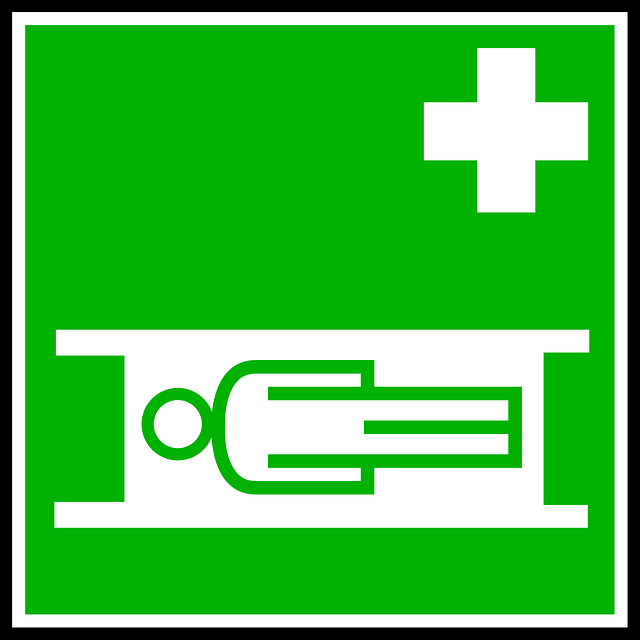The best time to trim evergreen trees in Arvada is during late winter or early spring before new growth begins, per experts. This strategic timing minimizes tree stress and reduces disease risks. Immediately after a storm is also ideal for trimming dormancy-phase evergreens to encourage faster recovery compared to their active growth season.
In the face of Arvada’s occasional fierce winds, protecting your evergreens from damage is paramount. This article equips homeowners with essential knowledge on wind damage prevention. We explore the intricacies of understanding wind’s impact on evergreens and guide you through the optimal trimming season—a crucial step in safeguarding these vital landscape elements. Learn the best practices for post-trim care to ensure your trees not only survive but thrive after storms, enhancing your outdoor space’s beauty and resilience. Discover when is the best time to trim evergreen trees in Arvada and take control of their longevity.
- Understanding Wind Damage to Evergreen Trees in Arvada
- The Optimal Time for Trimming: A Guide for Homeowners
- Post-Trim Care: Ensuring Your Trees Thrive After Storms
Understanding Wind Damage to Evergreen Trees in Arvada

In Arvada, evergreens are a common sight, but they’re susceptible to significant damage from high winds. Understanding when and how to trim these trees is crucial for their health and longevity. The best time to trim evergreen trees in Arvada is during the late winter or early spring, just before new growth begins. This period minimizes stress on the tree and reduces the risk of diseases that can occur when trimming during active growth seasons.
Proper pruning techniques are essential to prevent further wind damage. Remove any dead, diseased, or broken branches first, as they’re more prone to coming loose in strong winds. For larger branches, make clean cuts just outside the branch collar—the swollen area where the branch meets the trunk—to encourage healing and reduce the risk of entry points for pests and diseases. Remember, regular maintenance trimming not only enhances the tree’s appearance but also strengthens its structure against potential wind storms.
The Optimal Time for Trimming: A Guide for Homeowners

When is the best time to trim evergreen trees in Arvada? Homeowners often wonder about the optimal timing for tree care, especially after experiencing wind damage from storms. The answer isn’t one-size-fits-all; it depends on the type of tree and the severity of damage. However, generally, late winter or early spring is considered the best time to trim evergreen trees. This period is before new growth begins, reducing stress on the tree.
During this time, trees are still in their dormant phase, making them more resilient to trimming. It’s important to avoid trimming right after a storm, as damaged branches may need time to heal naturally. Additionally, waiting until late winter or early spring allows for better assessment of wind damage and ensures that any necessary pruning is done correctly, preventing further issues later in the year.
Post-Trim Care: Ensuring Your Trees Thrive After Storms

After a storm, it’s crucial to assess and care for your trees promptly. One essential aspect of post-storm tree care is understanding when to trim. For evergreen trees in Arvada, the best time to trim is typically right after the storm, while the trees are still dormant. This is because trimming during this period minimizes stress on the tree and promotes faster healing.
Avoid trimming evergreens during their active growth season, as this can lead to excessive bleeding and damage. By planning your tree care accordingly, you ensure that your evergreen trees thrive and remain healthy, strengthening them against future wind damage.
In conclusion, understanding wind damage prevention is key to maintaining healthy evergreen trees in Arvada. By knowing the optimal time for trimming, roughly between late winter and early spring, homeowners can significantly reduce risks associated with storm seasons. Following best practices for post-trim care ensures your trees thrive and grow stronger against future weather events. Remember, proactive tree care not only beautifies your landscape but also strengthens your community’s resilience to wind damage.
